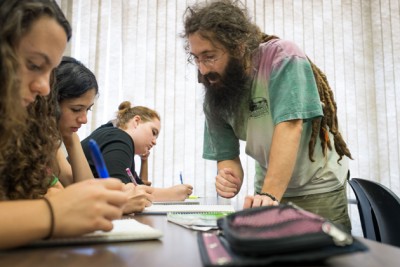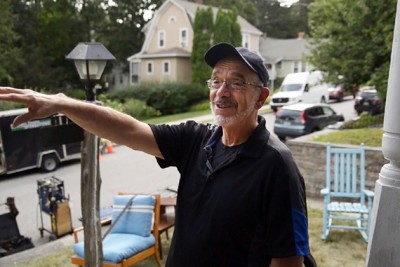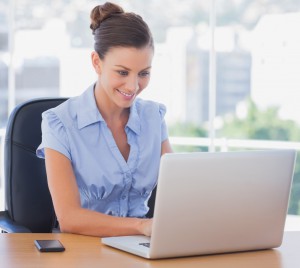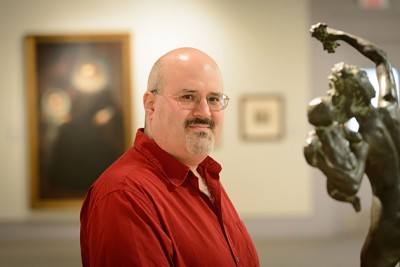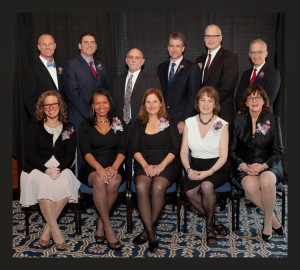 In response to UConn’s university-wide academic plan, the Neag School of Education has established a competitive Dean’s Doctoral Scholar program that will provide fully-funded scholarships to outstanding doctoral students joining Neag in the Fall 2015 semester. In addition to full tuition remission, the students will receive a generous stipend and the opportunity to work shoulder-to-shoulder with proven visionaries and leaders in their field.
In response to UConn’s university-wide academic plan, the Neag School of Education has established a competitive Dean’s Doctoral Scholar program that will provide fully-funded scholarships to outstanding doctoral students joining Neag in the Fall 2015 semester. In addition to full tuition remission, the students will receive a generous stipend and the opportunity to work shoulder-to-shoulder with proven visionaries and leaders in their field.
The idea for the program was sparked by the Neag School’s academic plan. Named Our Time: UConn’s Neag School of Education Path to Excellence, the plan outlines how UConn is uniquely positioned to use its expertise and knowledge base to address state and federal efforts to reinvent public education for the 21st century and address the educational inequalities President Barack Obama calls “the civil rights issue of our time.” It outlines the school’s momentous push to expand its teaching, research, and outreach missions, all of which are aligned with UConn’s university-wide strategic plan.
The Neag School’s academic vision also stresses areas of expertise ideal for continued growth, including equity and social justice, STEM education, creativity and innovation, and educator quality and effectiveness in K-12 public education. The Dean’s Doctoral Scholar program was founded by Neag School Dean Richard Schwab as a way to provide scholarships to the most talented and competitive doctoral students in these areas.The program is being supported by the Dean’s fund, the Neag School endowment, and by reallocating internal resources.
“One of my top priorities as dean is to raise money for endowment funds that support graduate education,” Dean Schwab said, “and this effort was driven by a need to become more proactive in recruiting and supporting graduate education at UConn and in the Neag School–one of our top priorities.”
“The Dean’s Doctoral Scholar awards will connect graduate students with faculty working on critical research projects in our key growth areas,” said Schwab.
“We are very fortunate to have a visionary Dean who has challenged our Dean’s Scholar Steering Committee to recruit the next generation of educational leaders to come to the Neag School to join a team of researchers addressing the educational needs of the nation and the globe,” said Dr. Scott Brown, chair of the Steering Committee.
“We have dedicated ourselves to recruiting outstanding doctoral candidates to our pool of applicants and to select the very best to be our inaugural cohort of Doctoral Scholars and, most important of all, to prepare them for leadership roles in education,” continued Brown.
Adding to the excitement of the Doctoral Scholar program is that it comes at a time when faculty and students are more invested than ever in pursing expanded research initiatives, program development, and classroom experiences.
“When I was a student here in the late 1970s and early ’80s, I was fortunate to have a graduate assistantship in Educational Leadership that engaged me in research on teacher evaluation and teacher support with my major advisor Edward Iwanicki,” Dean Schwab said. “That experience changed my life and set me on the course of becoming a professor and eventually dean of my alma mater. The blend of mentorship, experience and knowledge-generation that occurs during this aspect of graduate study is, in my mind, the most important aspect of the experience.”
Increased graduate applications and a greater number of matriculated graduate students at the Neag School are among the envisioned results of these efforts. Through external funding, which supports full-time research assistantships in all areas of education, Neag School graduate students are able to receive the highest quality of instruction from world-class professors.
Achieving expanded excellence in research, education, service, and engagement will put UConn on the map as a top flagship university in the nation, Dean Schwab said. It will also provide more opportunities for graduate students in all areas of study, making it a school of choice for graduate students and postdoctoral scholars.
As chairperson of UConn’s overall Academic Vision Committee, Dean Schwab worked closely with respected UConn faculty members from throughout the university to ensure all measures in the plan could be achieved.
“This initiative will elevate our outstanding doctoral preparation programs to even greater heights because of the interdisciplinary nature of the Dean’s Doctoral Scholars program and the many opportunities both within the Neag School and across our campuses,” said Brown.
The Neag School of Education hopes to attract to the Dean’s Doctoral Scholar program dynamic, intuitive, and passionate individuals who wish to continue their education at one of the nation’s leading institutions. Prospective students interested in applying should submit their applications by December 1, 2014. A select group of students will be invited to take part in a hosted visit to UConn shortly thereafter. Acceptances will be awarded in January, with scholars beginning their Neag School journey during the Fall 2015 semester.
For more information, visit the Dean’s Doctoral Scholar program website.
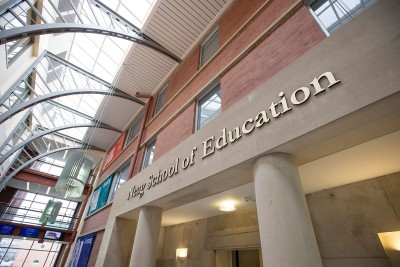
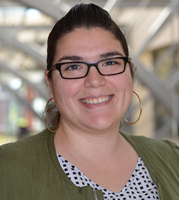


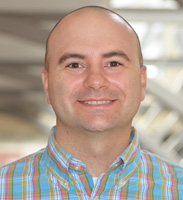
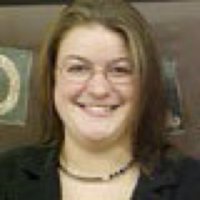
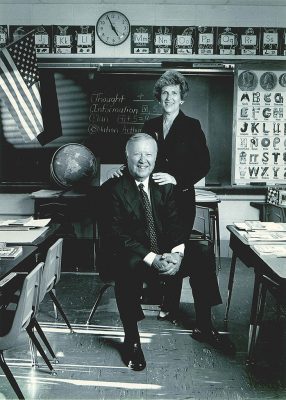
 The Neag School is also honored to have Sandy Hook Elementary School first-grade teacher and Neag alumna Kaitlin Roig-DeBellis present the keynote address on Oct. 25. Roig-DeBellis, who earned a master’s in 2005 and a bachelor’s in 2004, saved the lives of her students during the 2012 shooting tragedy at the school. She also created a non-profit organization called Classes 4 Classes that helps elementary schoolchildren provide educational gifts to other classrooms.
The Neag School is also honored to have Sandy Hook Elementary School first-grade teacher and Neag alumna Kaitlin Roig-DeBellis present the keynote address on Oct. 25. Roig-DeBellis, who earned a master’s in 2005 and a bachelor’s in 2004, saved the lives of her students during the 2012 shooting tragedy at the school. She also created a non-profit organization called Classes 4 Classes that helps elementary schoolchildren provide educational gifts to other classrooms.
